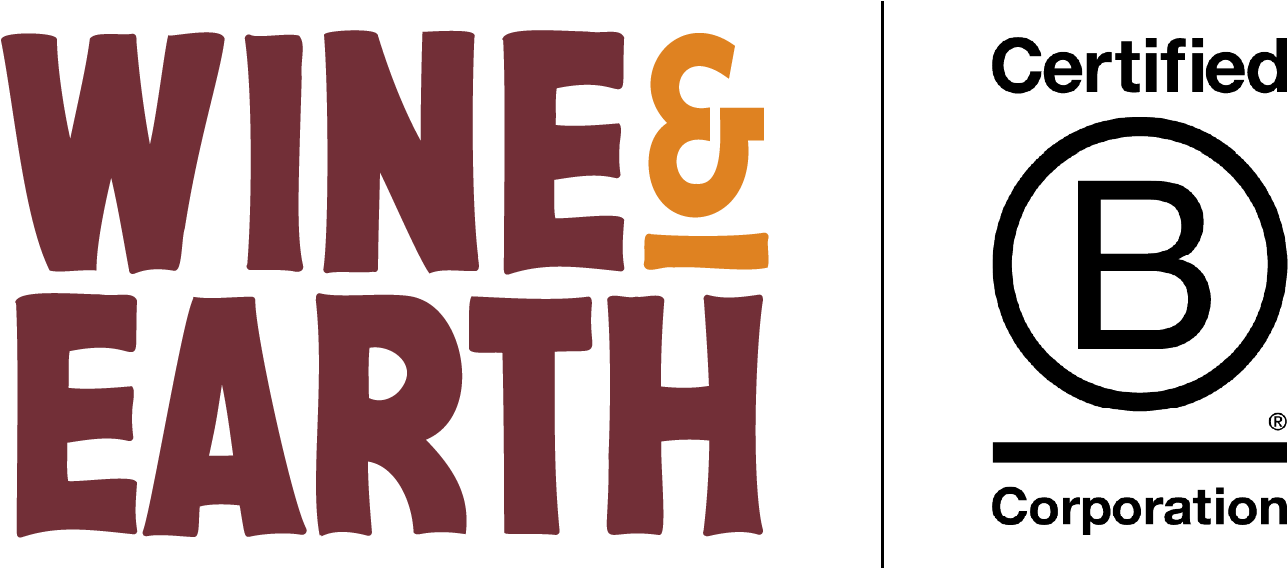Opting for organic wines is undoubtedly a more sustainable choice, but while how your wine is made impacts the planet, so does its packaging. Based on its life cycle assessment or LCA (a methodology that evaluates the environmental impact of each stage of a product’s manufacture), the carbon footprint of wine amounts to roughly 1.2kg CO2e (carbon equivalent) per 750ml bottle. And 40% of this is attributed to the raw materials for packaging.
The pros and cons of current packaging
Glass
Let’s start with the oldest. Historically, wine consumption was considerably more sustainable than it is now. Mesopotamians and Egyptians would store their wines in clay flasks until roughly 1600 BCE. It was only shortly afterwards that the first glass vessels appeared, and would continue to increase in popularity until 1821 when the emergence of glass moulds would make it more accessible. In short, we’ve been using glass for a long time, and for good reason!
Firstly, the pros: glass has traditionally been the most durable method of packaging wine, and despite being the oldest method, it’s also infinitely and easily recyclable, and eventually breaks down to sand. Additionally, glass preserves the aroma and flavour of wines (particularly white and rosé wines).
Unfortunately its durability requires a huge amount of energy during production. Glass also tends to be heavy but breakable, and thus requires more packaging and padding when the wine is transported. The weight of glass also adds to carbon impacts during transportation.
Whilst we love glass bottles for their look and feel, we do need to be reusing them more often to reduce their environmental impacts. Some innovative wineries and retailers are already working on refillable and returnable bottle schemes.
Bag-in-Box
Perhaps the less stylish alternative is box wine. This is essentially a laminate bag inside a cardboard box with a polypropylene valve fitting for dispensing the wine. Boxed wines are generally cheaper, and are considered better ‘value for money’, as the wine stays fresh for up to 6 weeks after opening while containing larger volumes of wine (up to 3 litres). This in turn has negatively impacted their image, as boxed wines are associated with lower quality wines. Furthermore, despite the cardboard box being recyclable, the layer plastic bag is not widely recyclable in the UK as it is made of multiple resins which are hard to separate and much more challenging to recycle.
Aluminium cans
The UK canned wine market is growing and has reached £3.6 million. Like glass, aluminium is also infinitely recyclable, but much lighter than glass bottles which makes them easier to carry (thus the appeal to the younger demographics during festivals etc.), and increases the shipping and space efficiency compared to bottles. Cans are also less susceptible to oxidation than glass bottles, although in traditional bottles this is mostly attributed to the type of wine closure.
PET bottles
More unconventional are PET (traditional plastic bottles similar to bottled water). This packaging method results in a 750ml bottle that is roughly 87% lighter. UK bottling company Garcon wines specialise in recycled PET wine bottles. PET is widely recycled, but even so, it can only be recycled successfully about 6-10 times before its quality deteriorates and must be disposed of. Most importantly, the impact of not recycling PET can be extremely harmful compared to glass or aluminium, particularly for marine life.
In the long run, it’s not easy to weigh the impact of wine making (whether that’s organic, or conventional), against its packaging, but it certainly helps to know your options. This is an area of increasing innovation and something we're focused on helping sustainable vineyards to improve.





Comments (0)
There are no comments for this article. Be the first one to leave a message!